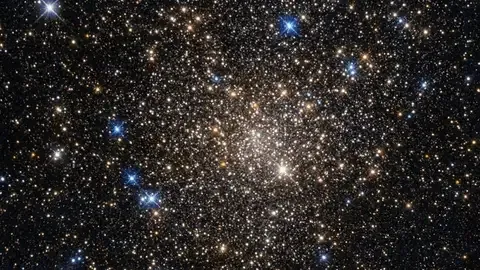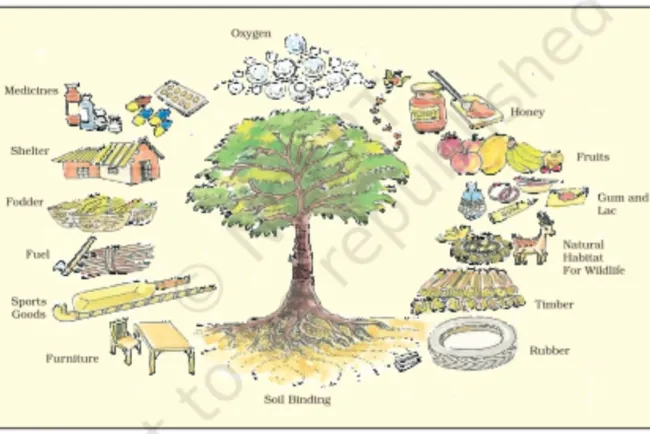Guiding Lights: The Beauty and Science of Stars in the Cosmos...!!!
Stars are fascinating and essential components of the universe, offering beauty, guidance, and scientific knowledge. Understanding the nature, types, and life cycles of stars enhances our appreciation of the night sky and the cosmos. From the familiar twinkle of the stars to the enigmatic presence of black holes, stars continue to captivate and inspire curiosity.

Stars are among the most captivating and fundamental objects in the universe. They are massive spheres of glowing gas, primarily hydrogen and helium, that generate light and heat through nuclear fusion. Stars have fascinated humanity for millennia, serving as navigational aids, cultural symbols, and subjects of scientific inquiry.
Nature of Stars
Stars are astronomical objects primarily composed of hydrogen and helium. The core of a star is where nuclear fusion occurs, a process that combines hydrogen atoms to form helium, releasing a tremendous amount of energy. This energy radiates outward, producing the light and heat we see and feel.
Key characteristics of stars include:
-
Luminosity: The amount of light a star emits, influenced by its size and temperature.
-
Temperature: The surface temperature of a star determines its color. Hotter stars appear blue or white, while cooler stars appear red or orange.
-
Mass: The mass of a star affects its life cycle and ultimate fate. More massive stars burn their fuel quickly and have shorter lifespans, while less massive stars have longer lifespans.
Types of Stars
Stars are classified into different types based on their characteristics, such as size, temperature, and luminosity. The most common classification system is the Hertzsprung-Russell (H-R) diagram, which plots stars according to their luminosity and temperature. Key types of stars include:
-
Main Sequence Stars:
-
Description: Stars in the stable phase of their life cycle, fusing hydrogen into helium in their cores.
-
Examples: The Sun, Alpha Centauri A.
-
Characteristics: Range in size from small red dwarfs to large blue giants.
-
-
Red Giants:
-
Description: Stars that have exhausted the hydrogen in their cores and have expanded in size.
-
Examples: Betelgeuse, Aldebaran.
-
Characteristics: Large, cool, and luminous. Their outer layers expand, and they appear red.
-
-
White Dwarfs:
-
Description: The remnants of low to medium-mass stars that have shed their outer layers.
-
Examples: Sirius B, Procyon B.
-
Characteristics: Small, hot, and dim. They no longer undergo fusion and gradually cool over time.
-
-
Neutron Stars:
-
Description: Extremely dense remnants of massive stars that have exploded in supernovae.
-
Examples: The Crab Pulsar, PSR B1919+21.
-
Characteristics: Composed mostly of neutrons, incredibly dense, and can emit pulses of radiation.
-
-
Black Holes:
-
Description: The end state of the most massive stars that have collapsed under their own gravity.
-
Examples: Cygnus X-1, Sagittarius A*.
-
Characteristics: Extremely dense with gravitational fields so strong that not even light can escape.
-

Life Cycle of Stars
Stars undergo various stages throughout their life cycle, from formation to their eventual demise. The life cycle of a star depends on its initial mass:
-
Stellar Formation:
-
Process: Stars form from collapsing clouds of gas and dust in regions called stellar nurseries. Gravitational forces cause the material to condense and heat up, eventually igniting nuclear fusion.
-
Example: The Orion Nebula is a stellar nursery where new stars are forming.
-
-
Main Sequence:
-
Stage: Stars spend most of their lives in the main sequence phase, where they fuse hydrogen into helium in their cores.
-
Duration: This phase can last millions to billions of years, depending on the star's mass.
-
-
Red Giant/Supergiant:
-
Stage: Once the hydrogen in the core is depleted, stars expand into red giants or supergiants. The core contracts while the outer layers expand and cool.
-
Duration: This phase is relatively short compared to the main sequence.
-
-
Final Stages:
-
For Low-Mass Stars: Red giants shed their outer layers, forming planetary nebulae. The core becomes a white dwarf.
-
For Massive Stars: Supergiants undergo supernova explosions. The core can become a neutron star or black hole.
-
Significance of Stars
Stars have played a significant role in human history and culture:
-
Navigation: Stars have been used for navigation by sailors and travelers for centuries. The North Star (Polaris) is a famous navigational star.
-
Cultural and Mythological Significance: Many cultures have myths and legends about stars and constellations. For example, the constellation Orion is named after a hunter from Greek mythology.
-
Scientific Study: Stars provide insights into the universe's formation, composition, and evolution. Studying stars helps astronomers understand the fundamental processes that govern the cosmos.
Stars are fascinating and essential components of the universe, offering beauty, guidance, and scientific knowledge. Understanding the nature, types, and life cycles of stars enhances our appreciation of the night sky and the cosmos. From the familiar twinkle of the stars to the enigmatic presence of black holes, stars continue to captivate and inspire curiosity.
What's Your Reaction?

















